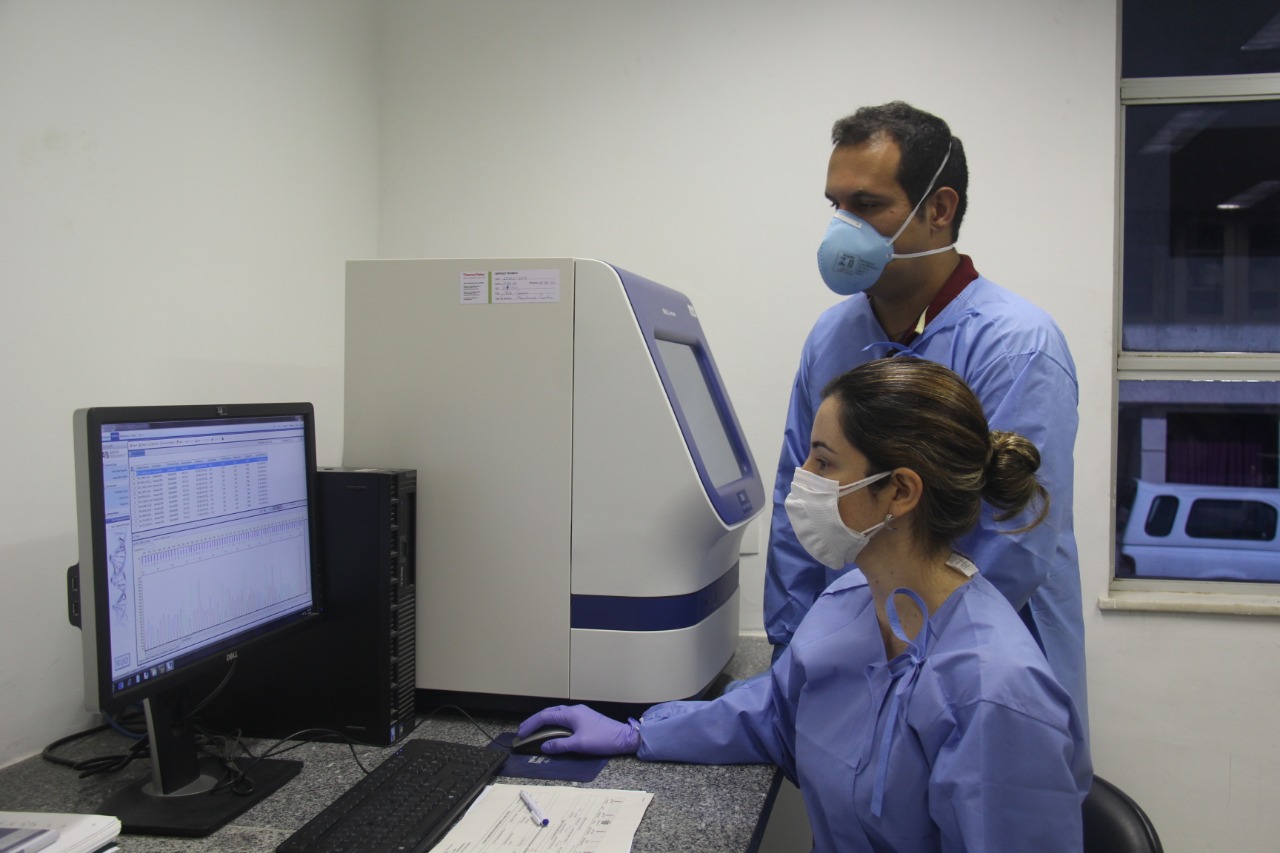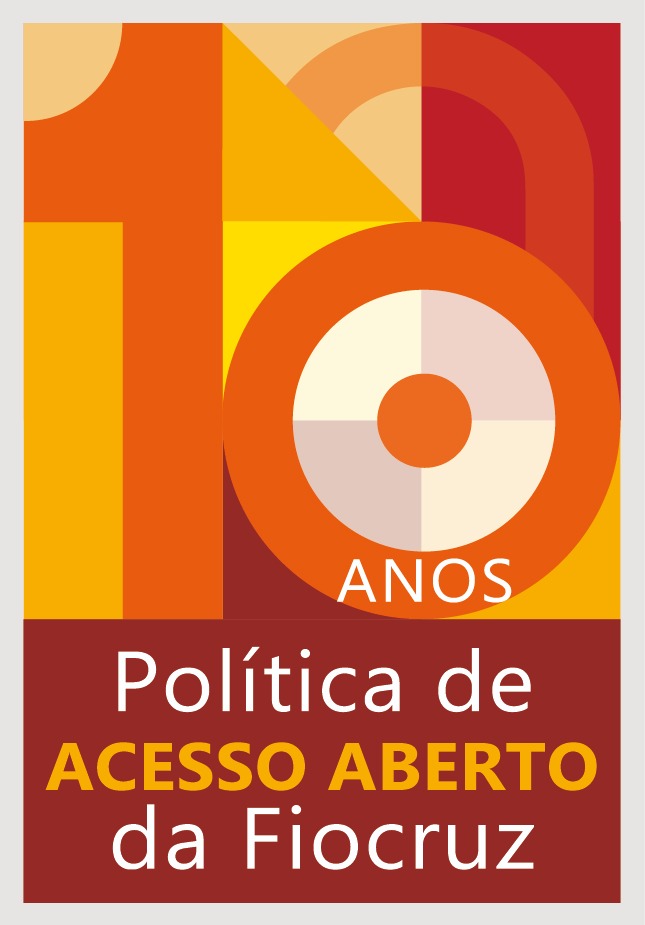COVID-19: New Method Speeds Variant Monitoring
12/04/2021
Fiocruz Pernambuco
A methodology that aims to make the monitoring of the new coronavirus variants simpler and faster, besides being cheaper, has just been developed at Fiocruz Pernambuco. It is based on a technique that is already widely used and available in Brazil and in the world, the Sanger sequencing - also called sequencing by capillary electrophoresis. The article with this finding has just been made available online as a preprint on the MedRxiv platform. 
Matheus Bezerra e Viviane Carvalho (Photo: Ascom/Fiocruz PE)
The test was developed by the Fiocruz Pernambuco team that monitors Sars-CoV-2 new variants in the state, using state-of-the-art infrastructure and technology available at the Biosafety Level 3 Laboratory (NB3, acronym in portuguese) and the Technological Platforms Center (NPT) of the institution. The work is performed from samples provided by Lacen/PE, under order of the Health Department of the State of Pernambuco (SES/PE). The group is also part of the COVID-19 Genomic Monitoring Network of Oswaldo Cruz Foundation.
This work assumes greater relevance when we observe the emergence and spread of new variants and the pandemic resurgence in Brazil and worldwide. The COVID-19 cases explosion observed throughout Brazil in March, for example, is related to the P.1 variant, initially identified in Amazonas state, which has been spreading rapidly throughout the country.
"It is very important that the P.1 variant, as well as all other new coronavirus variants, be continuously monitored. These data are essential to combat the disease, both from the epidemiological point of view and in the new vaccines and diagnostic tests adaptation," says the Public Health technician at Fiocruz Pernambuco, Matheus Figueira Bezerra, the article lead author. The publication has as co-authors other professionals and a graduate student in Biosciences and Biotechnology in Health, all from the institution: researchers Gabriel Wallau (Entomology and Bioinformatics), Marcelo Paiva (Entomology), Cássia Docena (NPT), Sinval Brandão Filho (Immunology), Constância Ayres (Entomology), the technician Viviane Carvalho (NPT) and the doctoral student in BBS Lais Ceschini Machado.
The study points out that the viral genome complete sequencing, considered today the gold standard for identifying these variants, has a complex execution, presenting some difficulties when applied in the epidemiological surveillance of the pandemic. The cost per sample is high, especially in a moment when the Brazilian currency is devalued. The laboratories in Brazil number (and in the world) that have a next-generation sequencer is not enough to meet the current demand. The procedure to perform the complete sequencing of the viral genome is time-consuming and the results interpretation is complex, requiring the professionals specialized in Bioinformatics work and the computers with high data processing capacity use, making the results take up to weeks to be ready. In addition to all this, some items required for sequencing are in short supply at suppliers due to high demand, which makes the researchers' work difficult.
Faster, simpler, and cheaper
Matheus explains that, to overcome these difficulties, a small section of the virus genome was chosen to be sequenced, which contains enough information to differentiate the variants from each other, without having to sequence the 29,000 bases that make up the complete Sars-CoV-2 genome. Many of the key mutations found in these more virus transmissible variants happen in a S gene specific region. "After defining which section we would analyze, we applied the method to samples of the P.1, P.2 and B1.1 strains (the latter used as a control, i.e., it does not present the most important mutations currently detected in the strains of concern) and compared the results obtained with the genome sequencing protocol, and we observed that there was 100% agreement between them."
This technique's great advantage is that it can be performed with a simpler technological apparatus, the sequencing by capillary electrophoresis (or Sanger sequencing). In addition to being faster, simpler and cheaper, this equipment availability is much greater than the new generation sequencers.
The scientist points out that the idea is not to replace complete genome sequencing, because as the virus evolves, other variants will emerge and complete coverage of these genomes will be required. "Our method goal is actually to enable variant monitoring to be performed on a much larger scale of samples, with a significant reduction in processing time and cost," he summarizes.


